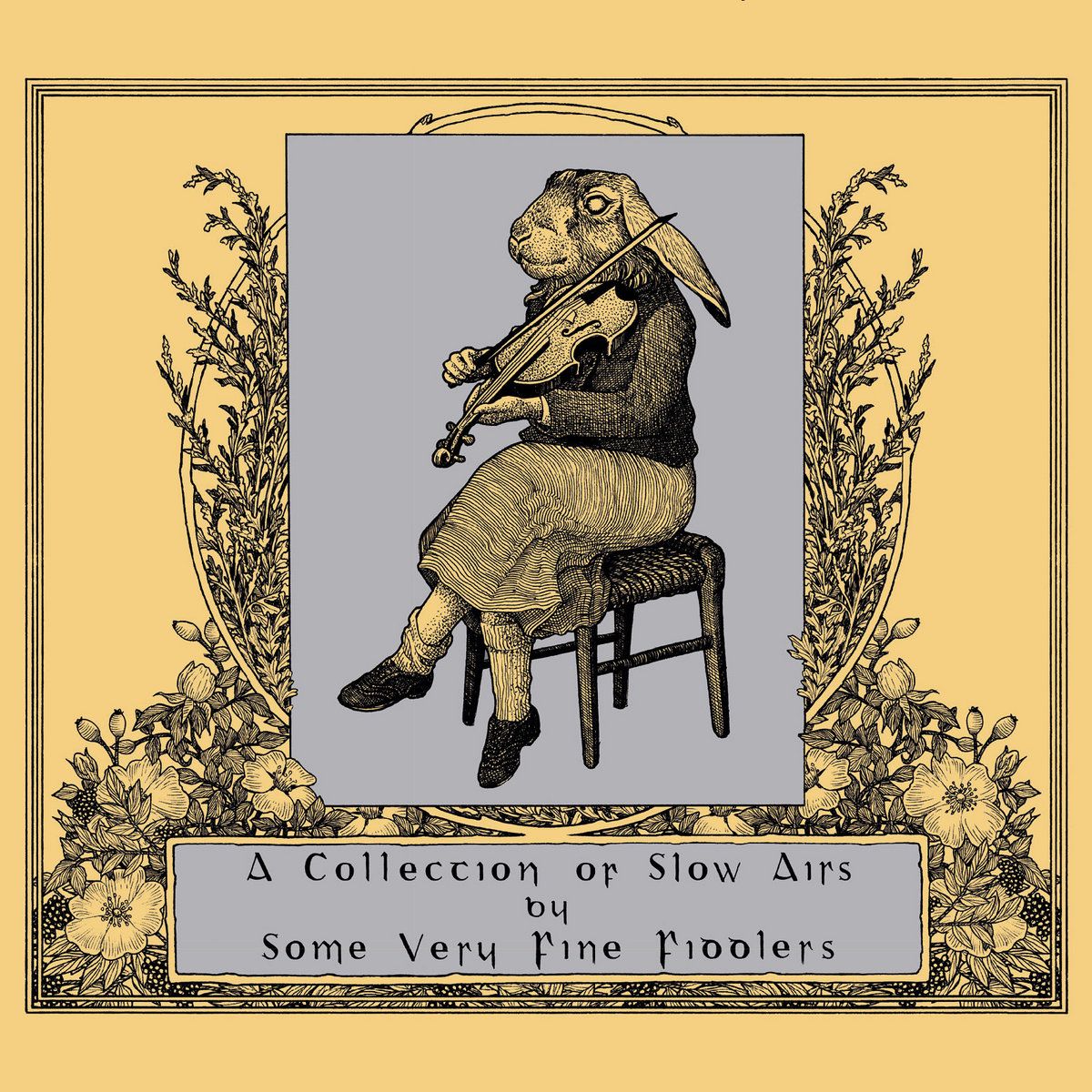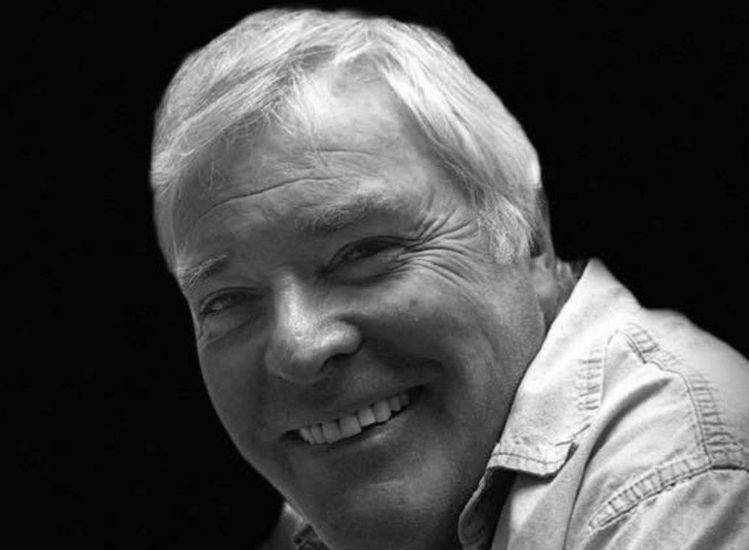In 2017, I wrote about Tony MacMahon’s “Farewell to Music” here , the landmark – and final – recording from one of traditional music’s greatest musical voices. The album consisted entirely of slow airs and allowed an intriguing window into not simply MacMahon’s music, but also the “lineage” of his slow air playing. It was then and now remains a real statement on the way to play slow airs and must-have album for lovers of traditional music.
In the media yoke this week is a kindred album, “A Collection of Slow Airs by Some Very Fine Fiddlers,” from Nyahh Records. Like the MacMahon release, it consists entirely of slow airs, but in this case they’re gathered from 10 different top-quality fiddle players who represent 10 different facets of the tradition as it is practiced today. It’s a lovely collection of music cut from cloth MacMahon certainly would have recognized and one that traditional music fans will undoubtedly appreciate.
Nyahh Records is perhaps best known for the experimental, non-traditional (but still Irish-made) music it puts out. Among its releases are some very interesting collections that feature traditional music, including “A Collection of Songs in the Traditional & Sean-Nós Style," which I reviewed early last year. Like that release, this new album was recorded in a way that approximates “field recording,” in that each track was recorded live, in situ, and passed on to listeners with minimal technical intervention. In this sense, one might consider it a companion piece and a quite beautiful one at that.
This particular approach has yielded some very dynamic results. The music here is raw, a quality that’s associated with the immediacy and spontaneity one might imagine in an idealized field recording. But don’t read this with the idea that the sound is unpolished, as it’s not. The project’s mastering engineer has done a remarkable job to sweeten each of the tracks, making them eminently listenable without divesting any of its innate wildness. But the key thing to listen for, aside from the quality of the performances, is the sound of “place.”
A great example of this is “Iníon an Fhaoit’ ó’n nGleann,” the album’s first track. Delivered by Cormac Mac Diarmada (Lankum), its melody is taken from a sean nós song he learned from Leonard Barry and Matt Cranitch, and Mac Diarmada gives it a very thoughtful, soulful rendition. The articulation between performance and place is very apparent here because the way its recorded makes it easy to imagine the space he’s in, which gives the track a very edgy, live sort of feeling.
Saileog Ní Cheannabháin’s “Dark Lochnagar,” a tune taken from the playing of Willie Clancy, follows. Although different in style, it’s similar in spirit and again, place plays an important role in how we hear the playing. The key thing that strikes the ear for me – again, apart from the playing itself – is the space in which the performance happens. To my ears, there’s a familiarity to how the architecture “sounds,” one I think listeners who grew up in Ireland will probably have a certain familiarity with.
The album’s third track, Danny Diamond’s “A Dream of Home,” is a perfect contrast to the first two as it was recorded outdoors, giving his track a different wrinkle. The music he makes is gorgeous and very much “of the turf,” but because he recorded this in Minnesota, home to insect species likely not found in Ireland, the collateral noise may invite listeners to hear the music he’s playing with a different filter. The character of the space is very different but no less satisfying.
Setting the question of place aside lets me consider the quality of the performances as there’s a wide stylistic range. A track like Lucia Mac Partlin’s “Sliabh na mBan” has a very beautiful, controlled quality that plays quite stoically and is gorgeous. In contrast, Ultan O’Brien’s rendition of “Seán Ó Duibhir A’ Ghleanna” is audacious and flamboyant. O’Brien, who was once a member of Skipper’s Alley, and who has just released a new album through Nyahh that I’ll look at in the coming weeks, is a brilliant player and really uses his technical skill and creativity to explore the outer limits of the air here. Somewhere in between these two poles is Ingrid Lyons, whose performance of “The Poitín Gathering” has a “windswept” element – it seems controlled and straightforward, but lacks the sort of controlled manner or technical acumen that would align it with either of the others mentioned. It’s a great performance and fascinating to hear.
“A Collection of Slow Airs by Some Very Fine Fiddlers” is an intriguing collection of artistic, well-curated tunes played by musicians sensitive to the project’s intentions. Fans of slows airs will want to make sure they have this in their collections, especially since it’s such a great way of knowing about contemporary approaches in Irish traditional music. Great stuff. To learn more and purchase, visit Nyahh’s Bandcamp page here.









